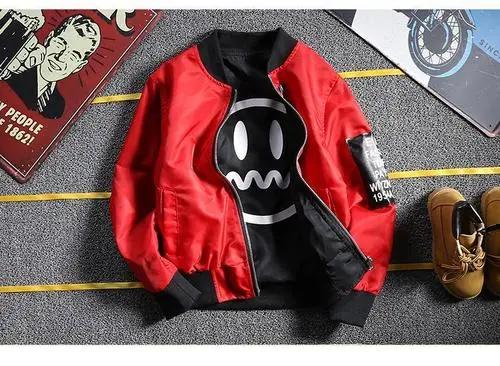PVC
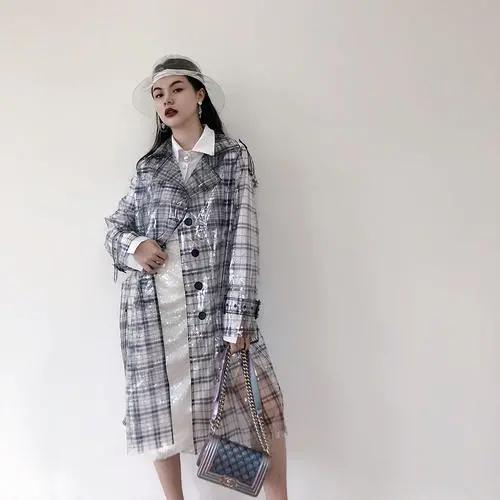
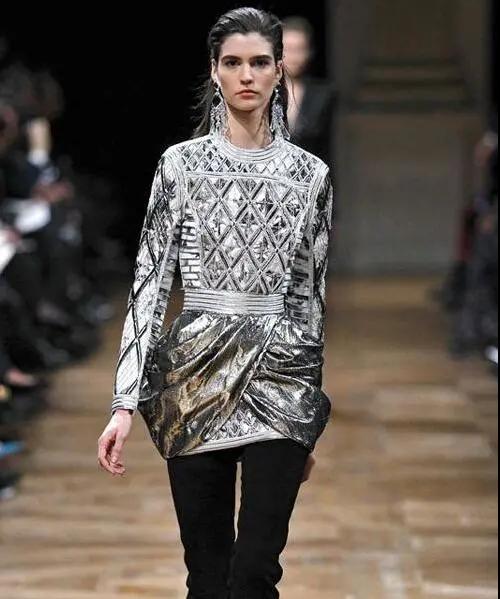
Polyvinyl chloride. A tough, synthetic resin, PVC was not developed commercially until 1926 when Waldo Semon of B.F. Goodrich found a way to plasticise it. PVC has been adopted as a material of choice by fetish fashion designers due to its ability to be produced in bright, intense hues and formed into tight-fitting garments that provide a close-hugging second skin to the wearer’s body form, such as the corsetry pictured here. PVC can produce a variety of sensual stimulation including tactile, visual and olfactory.
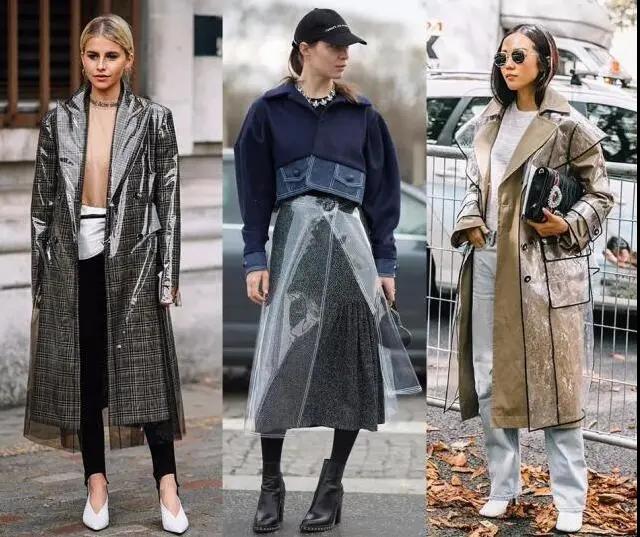
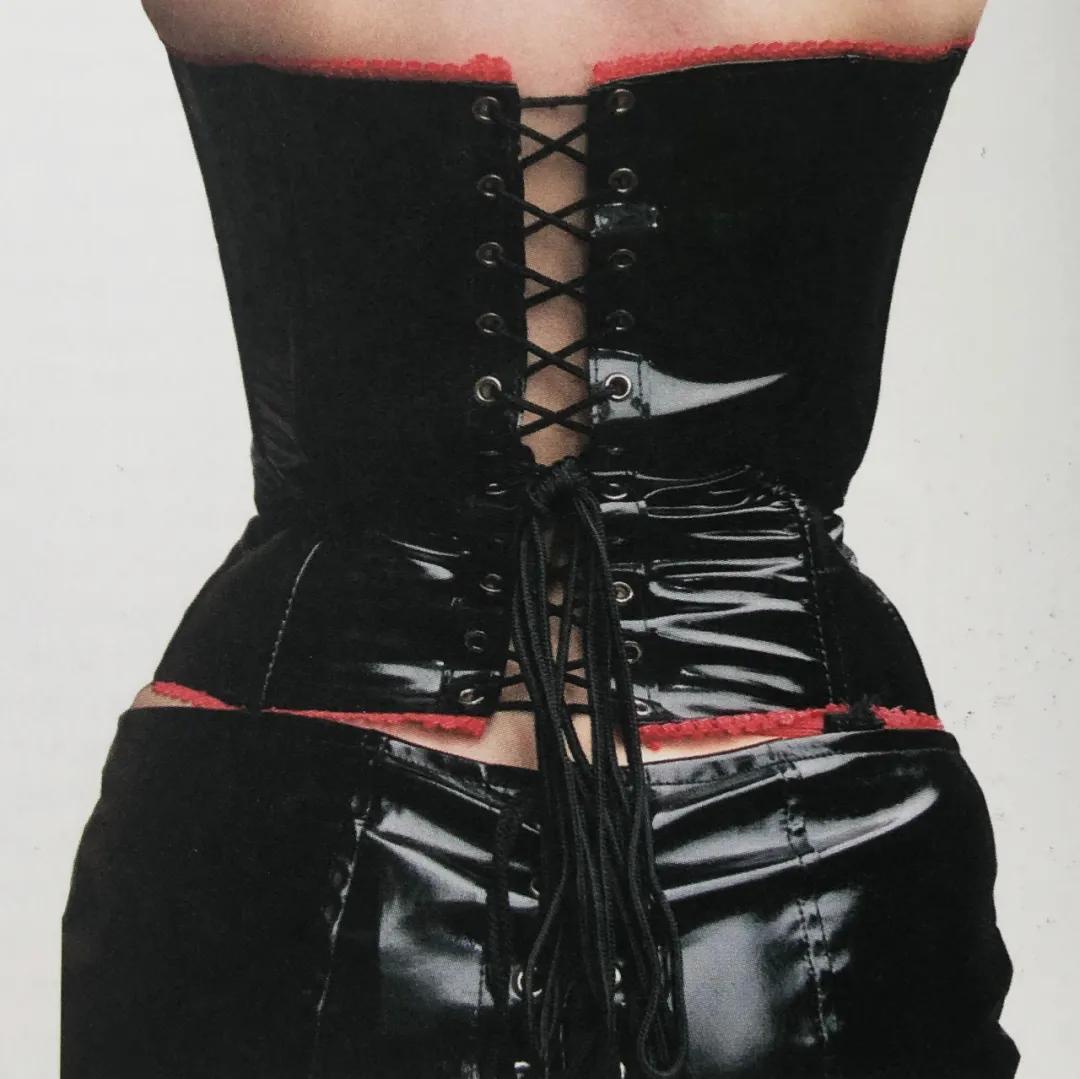
Regency
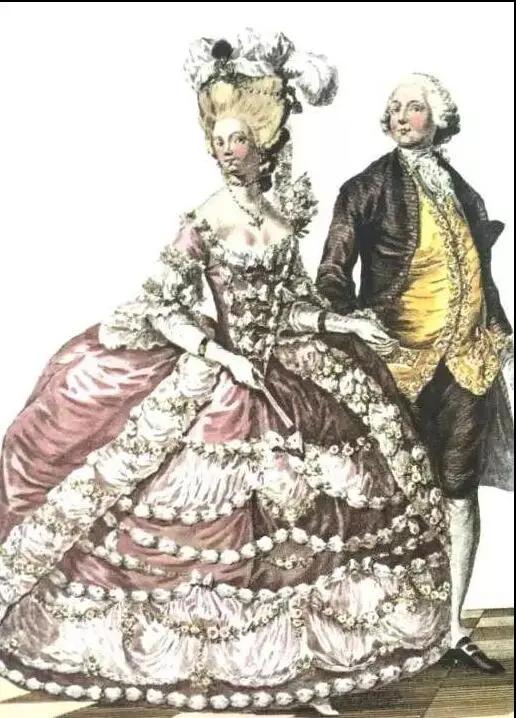
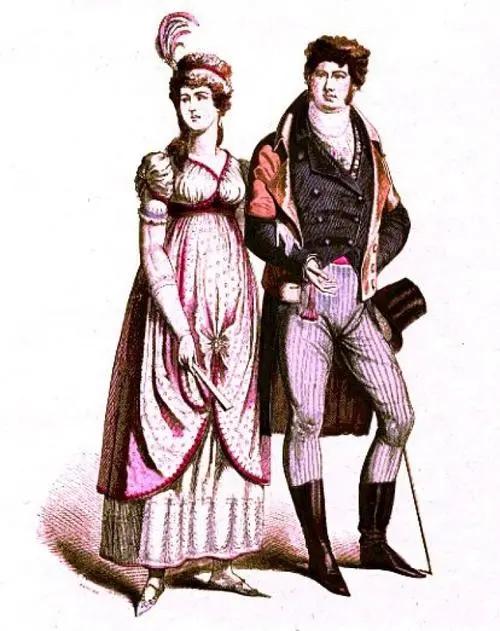

European fashions in this period (late 18th - early 19th centuries),were very much influenced by the expansion of the British Empire.
Women’s dresses saw the introduction of the empire line -a gathering of the bulk of the dress under the breasts - and fabrics such as muslin that replaced the more expensive and heavy fabrics of previous fashions.
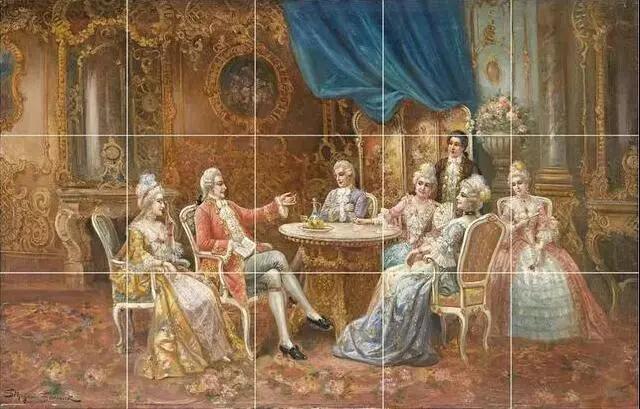
Men’s fashion too was influenced by Europe and saw jackets cut with a waist seam, high collars, top hats, riding boots and breeches, all in luxurious fabrics.
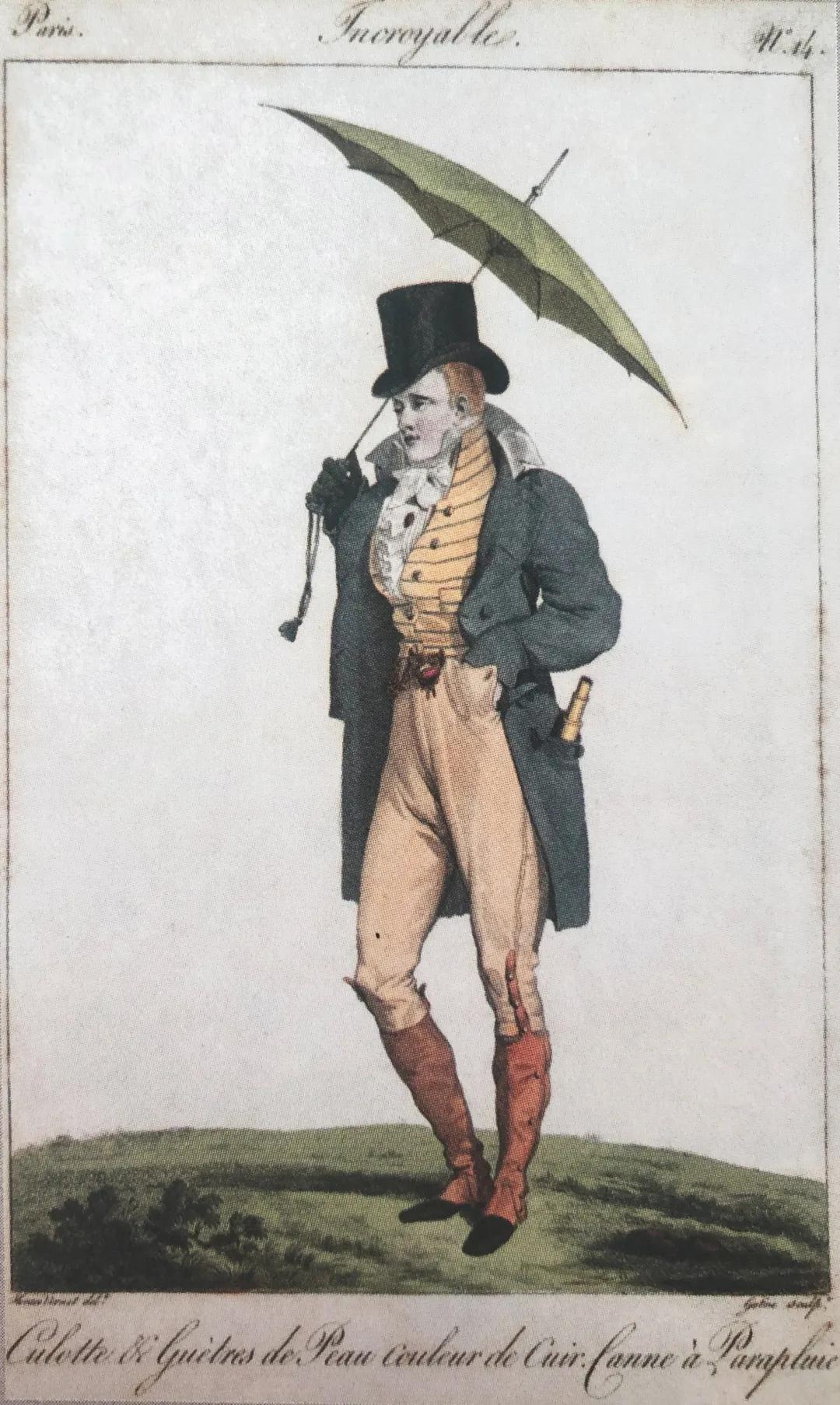
Depicted is an illustration by Horace Vernet from his Costumes d’Incroyables et Merveilleuses (1810-1818), a series of 33 paintings that portrayed the fashionable men and women of the day.
Reversible

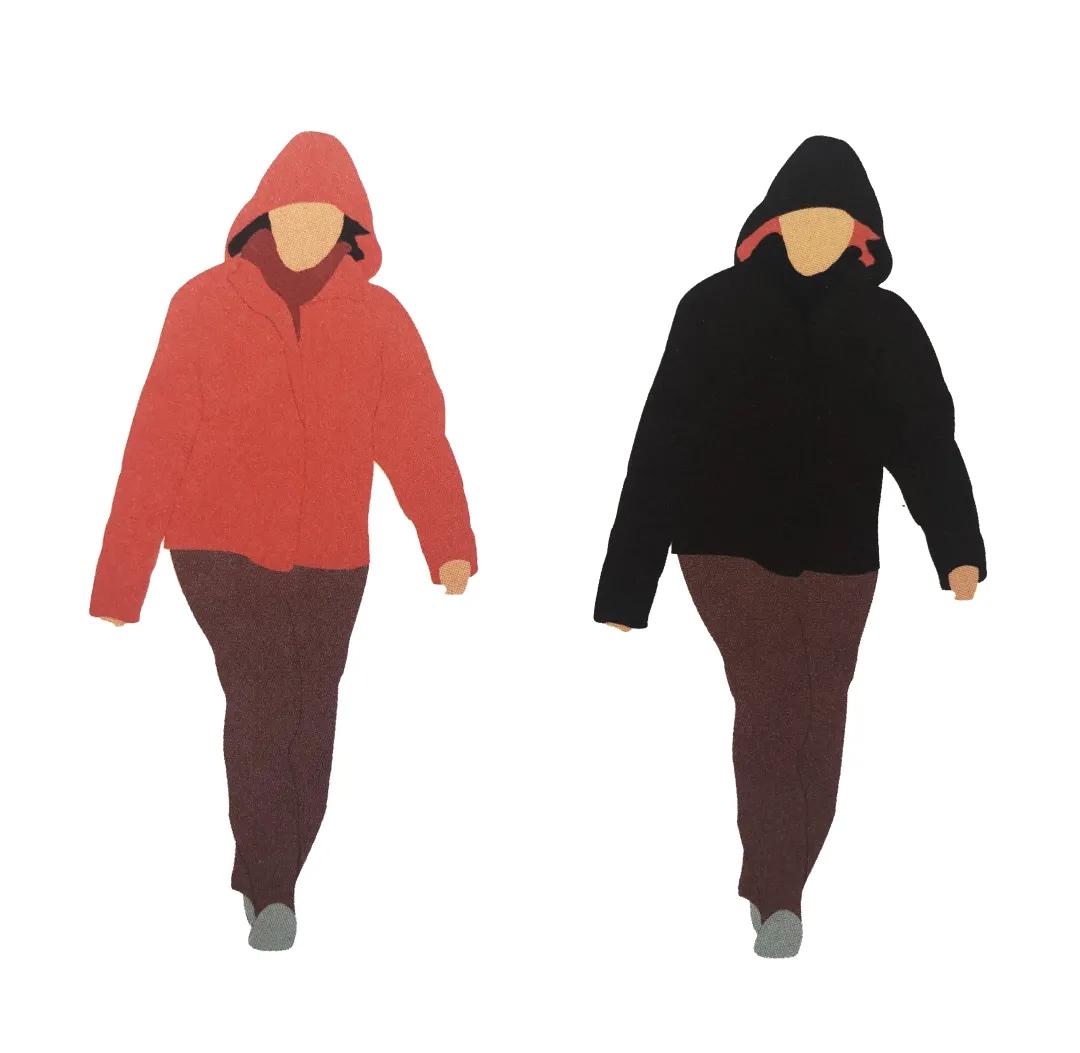
A garment such as a coat that can be worn inside out.Reversible clothing allows the use of different fabric or colour combinations in the same design and gives the wearer the ability to wear a garment in different ways. In the illustration, the jacket can be worn as either orange or brown.
